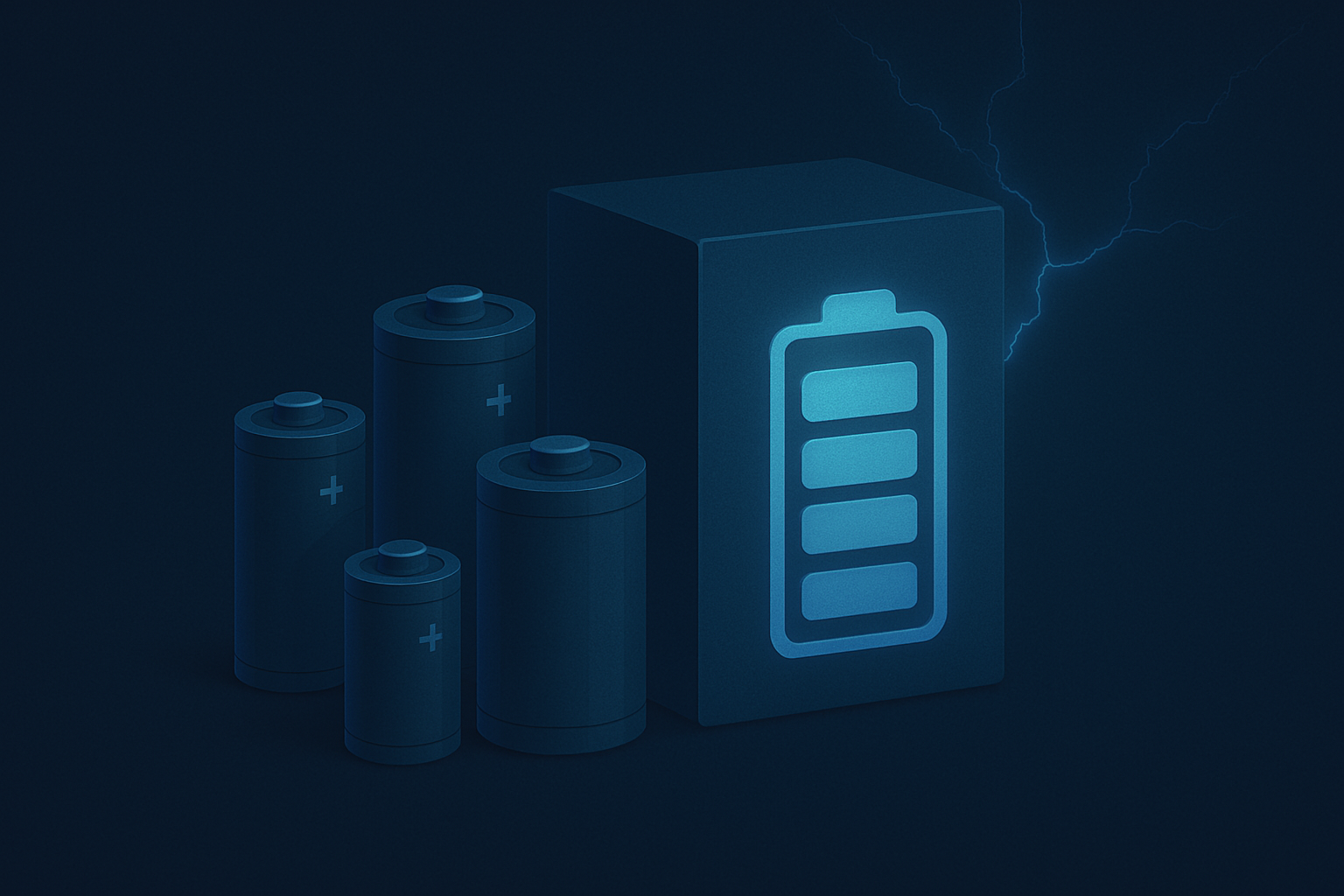Sodium-ion Batteries: Utilize abundant sodium resources, potentially lowering costs and reducing dependence on critical minerals. They offer similar operating principles to lithium-ion but with inherently safer chemistry.
Zinc-air Batteries: Leverage zinc and oxygen from the air to produce electricity, boasting high energy density and the potential for easy recyclability. Ideal for applications requiring long-duration energy storage.
Sodium-Sulfur (NaS) Batteries: High-temperature batteries suitable for large-scale energy storage with high energy density and long cycle life. Commonly used in grid storage and industrial applications.
Flow Batteries: Beyond vanadium redox flow batteries (VRFBs), other types include:
- Zinc-Bromine Flow Batteries: Offer scalability and are well-suited for medium to large-scale storage with the advantage of using more readily available materials.
- Iron-Chromium Flow Batteries: Provide cost-effective solutions with long cycle life, ideal for stationary energy storage.
Lead-Acid Batteries: A mature and widely used technology for backup power and off-grid energy systems. Known for low upfront costs and reliability but with lower energy density and shorter cycle life compared to newer technologies.
Nickel-Based Batteries:
- Nickel-Cadmium (NiCd): Durable with a long lifecycle and able to operate in extreme temperatures. Environmental concerns due to cadmium toxicity limit their use.
- Nickel-Metal Hydride (NiMH): Improved over NiCd with higher energy density and less environmental impact, commonly used in hybrid vehicles.
Solid-State Batteries: Employ solid electrolytes instead of liquid ones, enhancing safety and potentially increasing energy density. Still under development with commercial applications anticipated in the future.
Magnesium-Ion Batteries: Offer higher theoretical energy density and improved safety due to magnesium's non-dendritic nature during charging, reducing the risk of short circuits.
Aluminum-Air Batteries: Utilize aluminum as the anode and oxygen from the air as the cathode, providing high energy density suitable for certain applications like electric vehicles. Typically, not rechargeable, but research is ongoing.
Organic Batteries: Use organic materials for electrodes and electrolytes, aiming for sustainable and environmentally friendly energy storage solutions.


